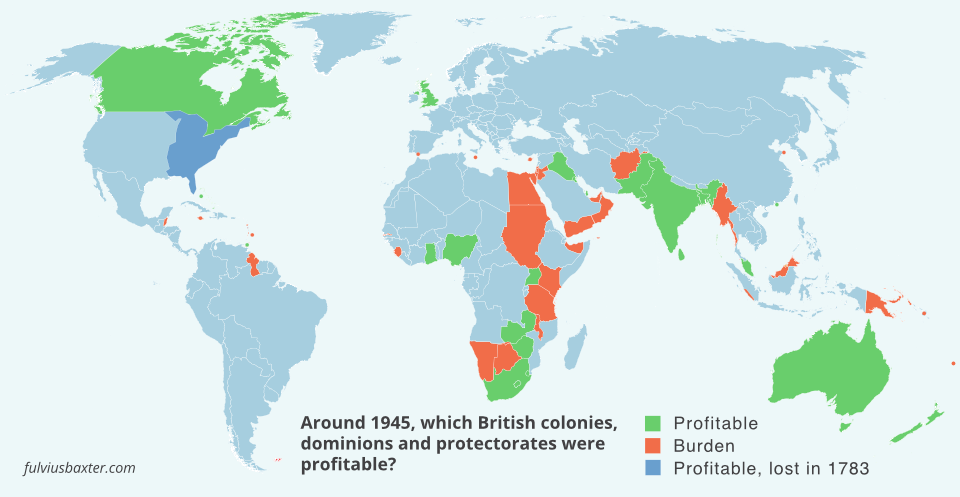 In 1916 there were about 2.2 million inhabitants in Vienna, almost half of whom came from Bohemia, Slovakia, Hungary, Croatia, Serbia, etc. In 1939 the population was down to just under 1.8 million. And in 1990 the population was estimated at just under 1.5 million, with far more German-speaking inhabitants than before.
In 1916 there were about 2.2 million inhabitants in Vienna, almost half of whom came from Bohemia, Slovakia, Hungary, Croatia, Serbia, etc. In 1939 the population was down to just under 1.8 million. And in 1990 the population was estimated at just under 1.5 million, with far more German-speaking inhabitants than before.
As economic and political conditions changed, so did the population.
Until the First World War, Austria-Hungary was a great power, stretching from the Alps in the west to the Carpathians in the east, and its capital city naturally reflected the multifaceted empire, with all its varied inhabitants represented. Only recently has the population recovered to its former levels, now with immigration from partly different countries such as Turkey, Poland and others.
Austria’s fate is very specific, market by the unique colour and shape of the turn of the century, and the two world wars, certainly, but there is also something universal about it. It may be worthwhile for Swedes in Sweden to consider what was happening in Central Europe at that time. That it is entirely possible to change a massive demographic trend by political and economic means.
Capital cities attract residents with jobs and the promise of a richer and more cultural life. Especially imperial capitals like Washington, Beijing, Brussels and the Vienna of the past. But there may also be other economic incentives that attract people to smaller and less significant cities, such as Stockholm, with the promise of livelihoods, benefits and a more comfortable life? Economic conditions that can be changed with a brush stroke, if the will is there.







